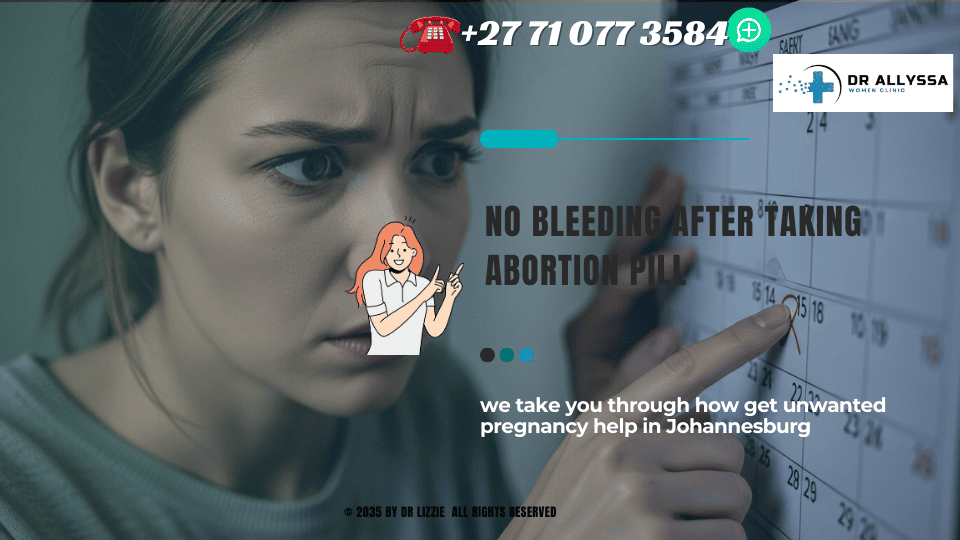Navigating your post-abortion recovery can be challenging, especially when it comes to resuming...
No Bleeding After Abortion Pill: What You Need To Know

Experiencing no bleeding after taking the abortion pill can be concerning. This blog post delves into the possible reasons and what you should do next.
Understanding How the Abortion Pill Works
The abortion pill, also known as a medical abortion, involves a two-step process using medications Mifepristone and Misoprostol to terminate an early pregnancy, typically up to 9-10 weeks. Mifepristone blocks the hormone progesterone, which is necessary for pregnancy to continue. Misoprostol is taken 24-48 hours later to induce uterine contractions, helping to expel the pregnancy tissue.
This method is highly effective and commonly used due to its non-invasive nature and ability to be managed privately at home. However, understanding how these medications work is crucial for recognizing what to expect and identifying any potential concerns.
Common Expectations After Taking the Abortion Pill
After taking the abortion pill, most women can expect to experience cramping and bleeding, which usually starts within a few hours after taking Misoprostol. The bleeding is typically heavier than a regular menstrual period and may include clots.
Other common symptoms include nausea, vomiting, diarrhea, headache, dizziness, and mild fever. These symptoms are generally part of the process and indicate that the body is responding to the medication as expected.
Possible Reasons for No Bleeding After Taking the Abortion Pill
While it is common to experience bleeding after taking the abortion pill, some women may not bleed immediately or at all. Possible reasons for no bleeding can include incorrect usage of medication, lower gestational age, or the body’s individual response to the medications.
In some cases, the abortion pill may not work as intended, leading to an incomplete abortion or continued pregnancy. It's essential to follow up with your healthcare provider to determine the cause and necessary next steps.
When to Seek Medical Attention
If you do not experience bleeding within 24-48 hours after taking Misoprostol, it is crucial to contact your healthcare provider. They can assess whether the medication has worked or if further intervention is needed.
Seek immediate medical attention if you experience severe pain, heavy bleeding (soaking through two pads per hour for two hours in a row), fever lasting more than 24 hours, or any other concerning symptoms. These could indicate complications such as infection or an incomplete abortion.
Steps to Take If You're Concerned About No Bleeding
If you're concerned about not bleeding after taking the abortion pill, the first step is to contact your healthcare provider. They may recommend an ultrasound or blood tests to confirm whether the abortion was successful.
Additionally, follow all post-abortion care instructions provided by your clinic, including attending follow-up appointments and monitoring your symptoms. Your healthcare provider can advise on whether additional medication or a surgical procedure is necessary to complete the abortion.
.png?width=200&height=65&name=Untitled%20design%20(68).png)

.png?height=200&name=Termination%20Pills%20that%20Work%20Effectively.%20(1).png)
.png?height=200&name=Exclusive%20Offer%20at%20DR%20Lizzie%20Womens%20Clinic!%20%20(1).png)